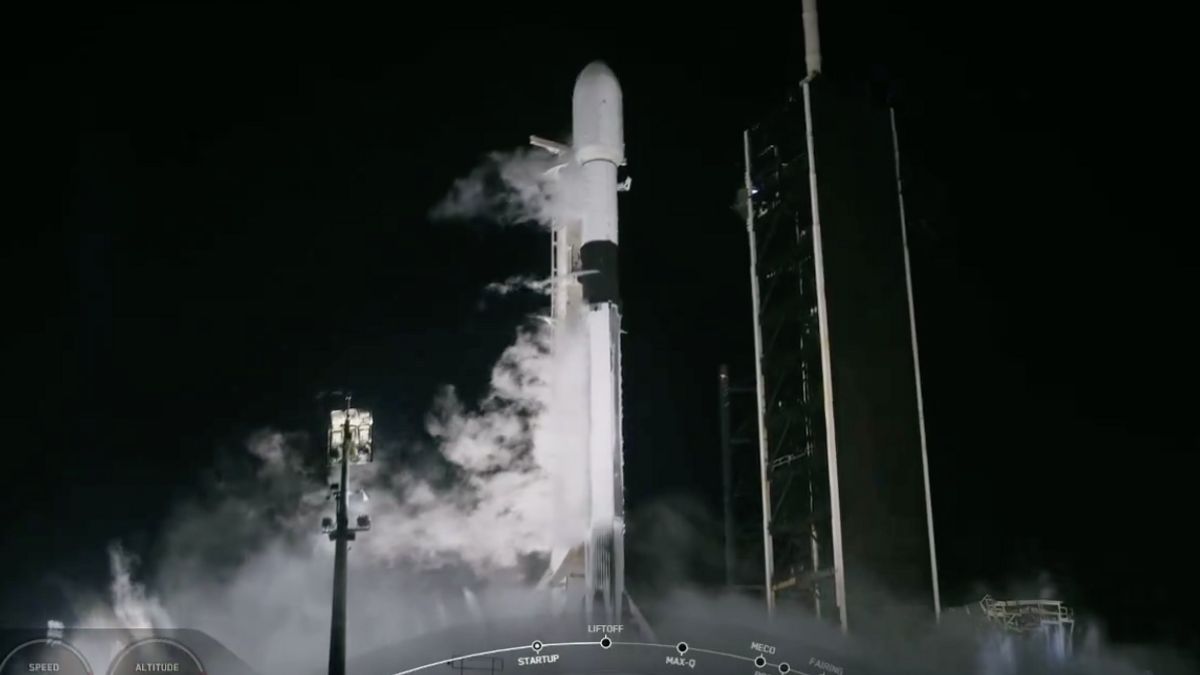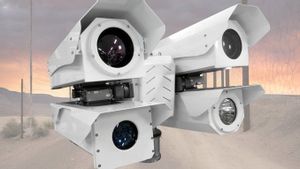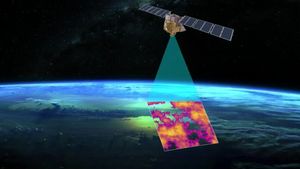JAKARTA The IM-1 mission, part of the Commercial Lunar Payload Services (CLPS) initiative belonging to the United States Aeronautics and Space Agency (NASA), was successfully launched on Thursday, February 15.
IM-1 lander Nova-C of Intuitive Machines, launched from Launch Complex 39A at NASA's Kennedy Space Center. The vehicle carrying six NASA-owned science instruments is heading to the moon alongside SpaceX's Falcon 9 rocket.
The lander is expected to arrive on the Moon on Thursday, February 22. The plan is that Nova-C and the six instruments it carries will land in a strategic area to carry out an expedition, namely in the Malapert A crater at the south pole of the moon.
NASA's knowledge science lies within the Nova-C lander, to be rolled out to the Moon for the launch of the Falcon 9 Rocket. Landing near the Malapert A crater will help us learn more about the South Pole of the Moon," NASA said via platform X.
Some time ago, NASA revealed six instruments that will also land on the Moon. The six instruments are the 1st Moon Node (LN-1) navigation demonstrator, the Laser Retroreflector Array (LRA), and the Lidar (NDL) Navigation Doppler.
SEE ALSO:
In addition, there are Radio Frequency Mass Measurement (RFMG), Radio Wave Observations on the Moon's Surface of Photoelectron Lumbune (ROLSES), and Stereo Camera for Lunar Plume Surface Studies (SCALPSS).
These six instruments have different research focuses. LN-1 will conduct a small flight hardware experiment to integrate navigation and communication functions, while the LRA will be used as a permanent location marker on the Moon.
Next, NDL will measure vehicle speed and Nova-C altitude upon landing, RFMG will measure the number of rocket propellants, ROLSES will study the dynamic radio energy environment, and SCALPS will capture surface images during the landing process.
The English, Chinese, Japanese, Arabic, and French versions are automatically generated by the AI. So there may still be inaccuracies in translating, please always see Indonesian as our main language. (system supported by DigitalSiber.id)


















